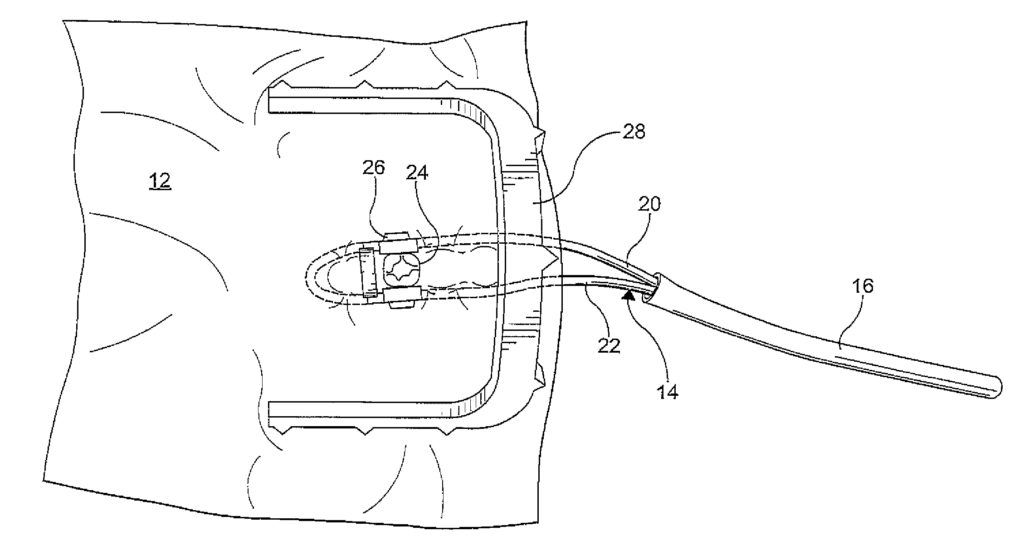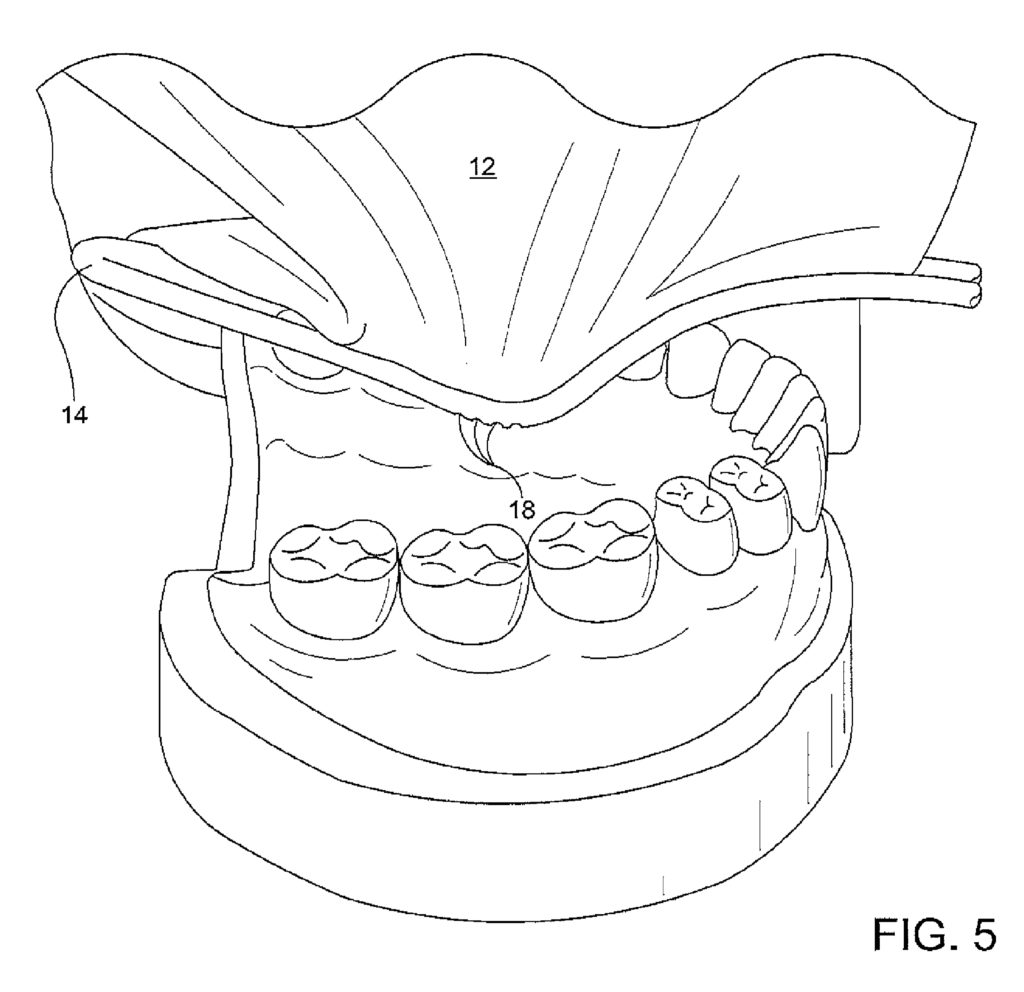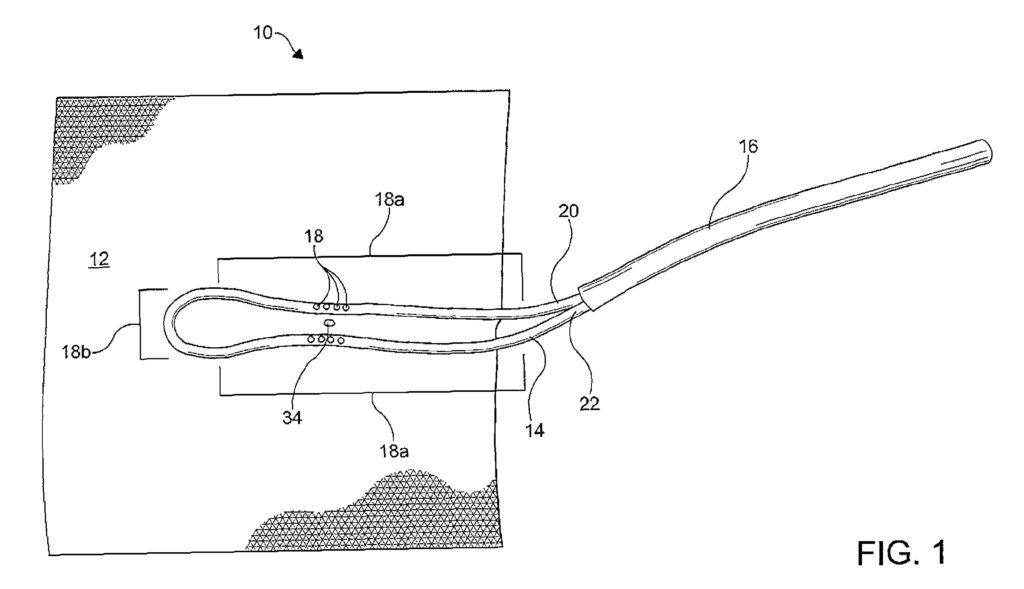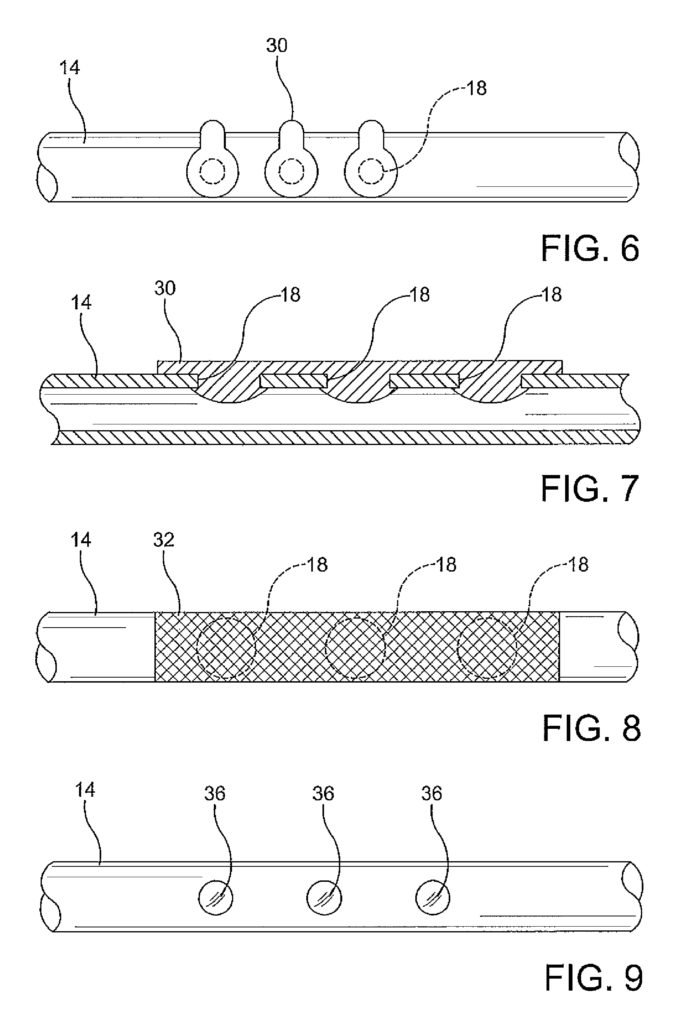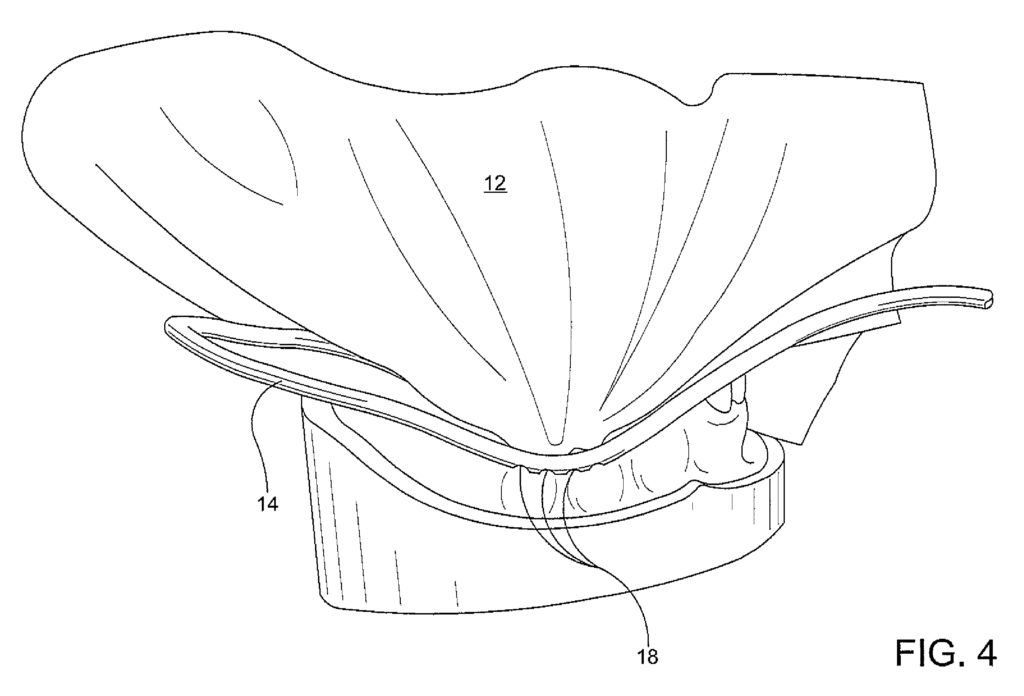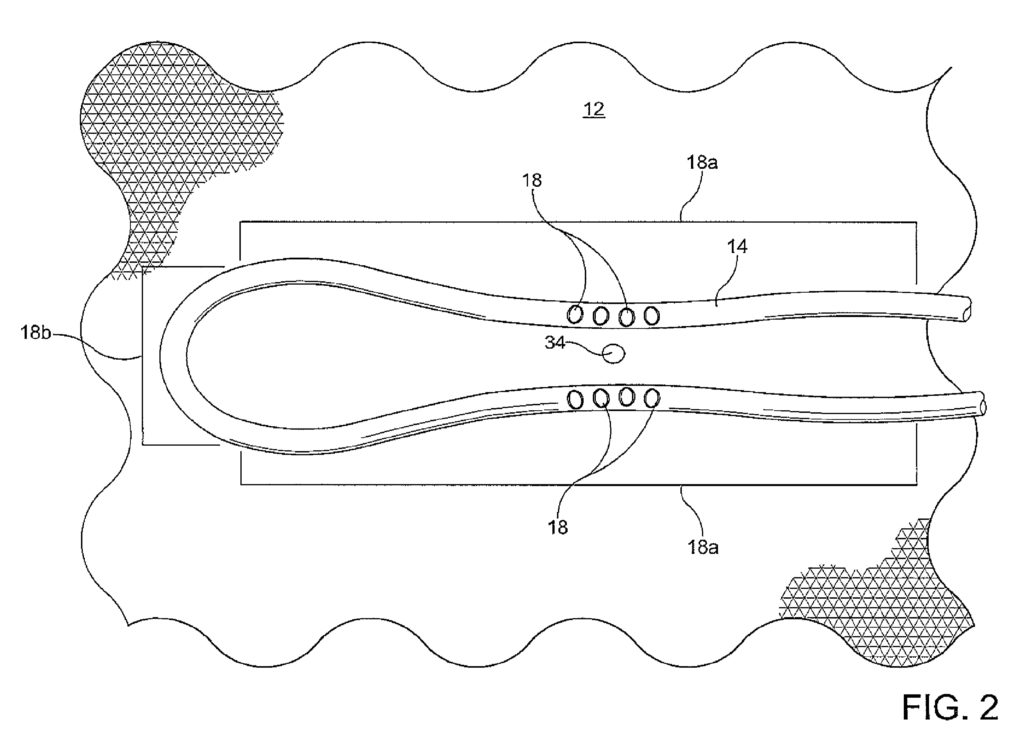Dental dams are well known in dentistry for maintaining a dry field for dental work in progress, and to prevent dental debris from entering the mouth and throat of a patient. Conventional rubber dam structures utilize a U-shaped extraoral metal frame to which a piece of rubber sheeting is attached. The rubber sheeting is the dental dam. Prior to being disposed in a mouth, the rubber sheeting is perforated for projection of the tooth (or teeth) therethrough, thereby isolating the tooth/teeth. Clamps are then used to hold the dam around the isolated teeth. Finally, the dentist stretches the periphery of the rubber dam over the extraoral frame, outside the mouth, to keep the dental dam held taut in front of the patient’s face. High speed dental drills that use water as a cooling medium for the tooth may cause a considerable water discharge over the face of the dam. The water discharge necessitates the use of a suction tube handled by a dental assistant to maintain a dry field of work and to militate against the water from flowing onto the patient. Some of the water from the drill may flow under the dental dam and into the patient’s mouth. Water that flows under the dental dam and saliva that forms thereunder must also be suctioned by the dental assistant to maintain the dry field.
However, existing dental dams have several disadvantages. One disadvantage is that installing such dental dams requires the dentist to take time-consuming steps described above. When installed, the dental dams are imposing and uncomfortable, and the patients are required to leave their mouths open during the entire dental procedure. Further, the dental dams are flimsy and may collapse. For example, the rubber dental dam might come free from the frame and/or the clamp may come off the tooth. This is especially problematic where patients are young children who are impatient and frightened by the dental dams.
It would be desirable to develop a fluid evacuating dental dam including a manifold having apertures formed therein, the apertures having cover members for selectively opening the apertures disposed thereon and/or a means for militating against occlusion thereof during use.
This substantial need for an adequate dental dam product has surprisingly been discovered. Hence the Sucky Dam™. This new product is the manifestation of the ideal working dental dam and will be a desired tool to utilize in every practice.
